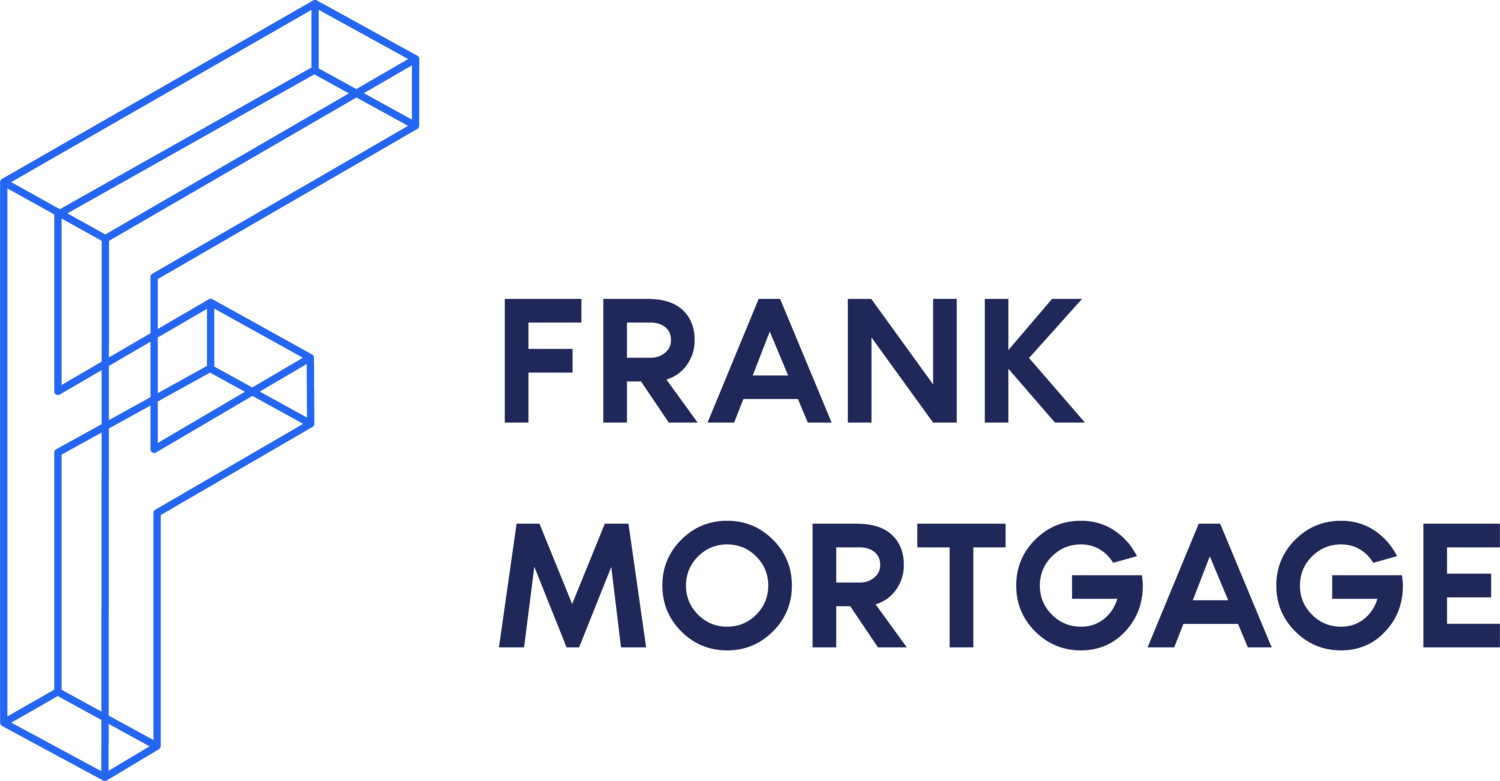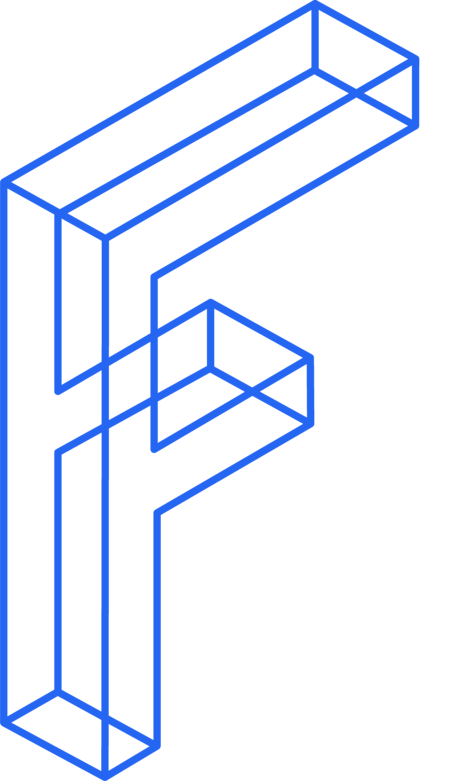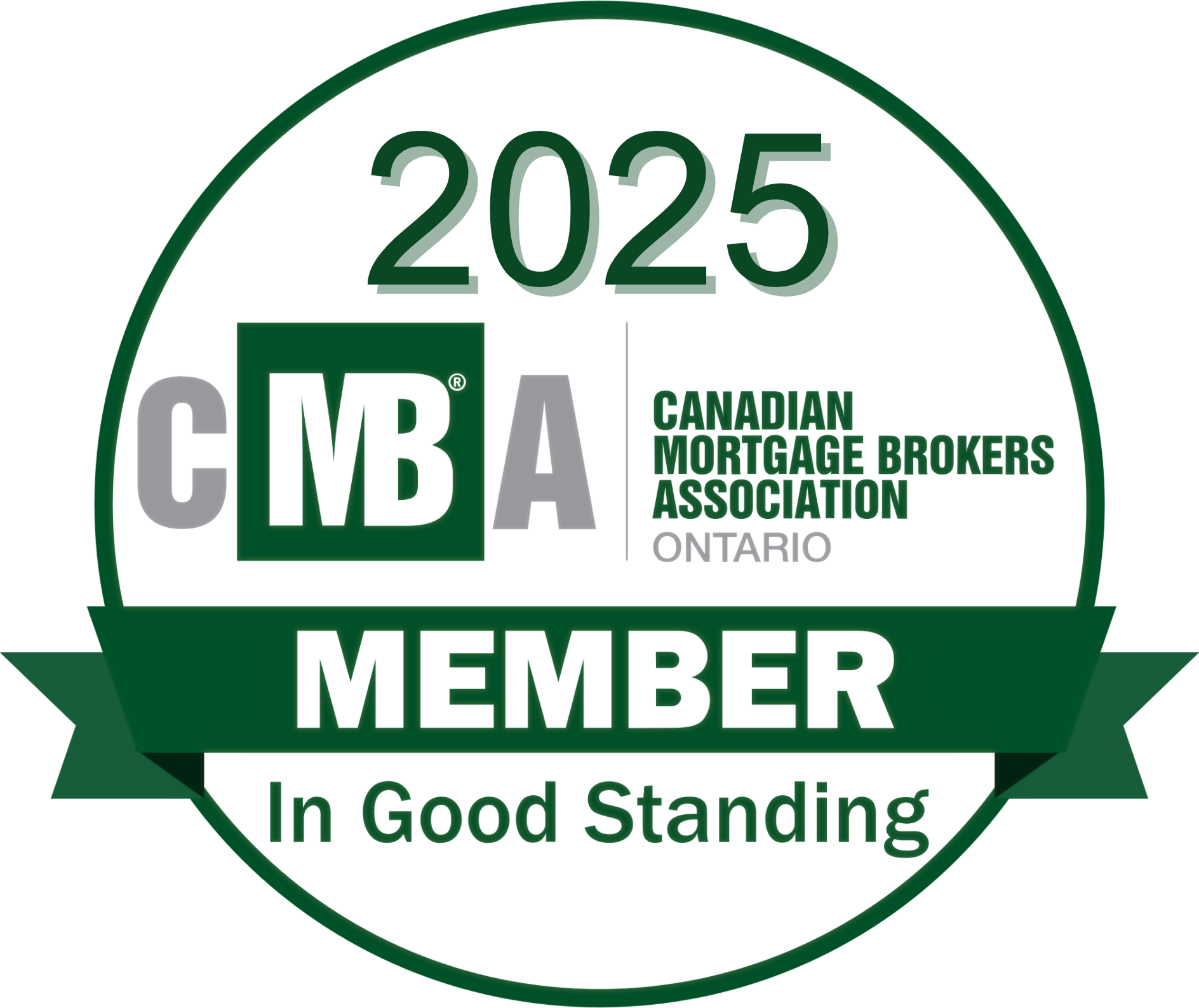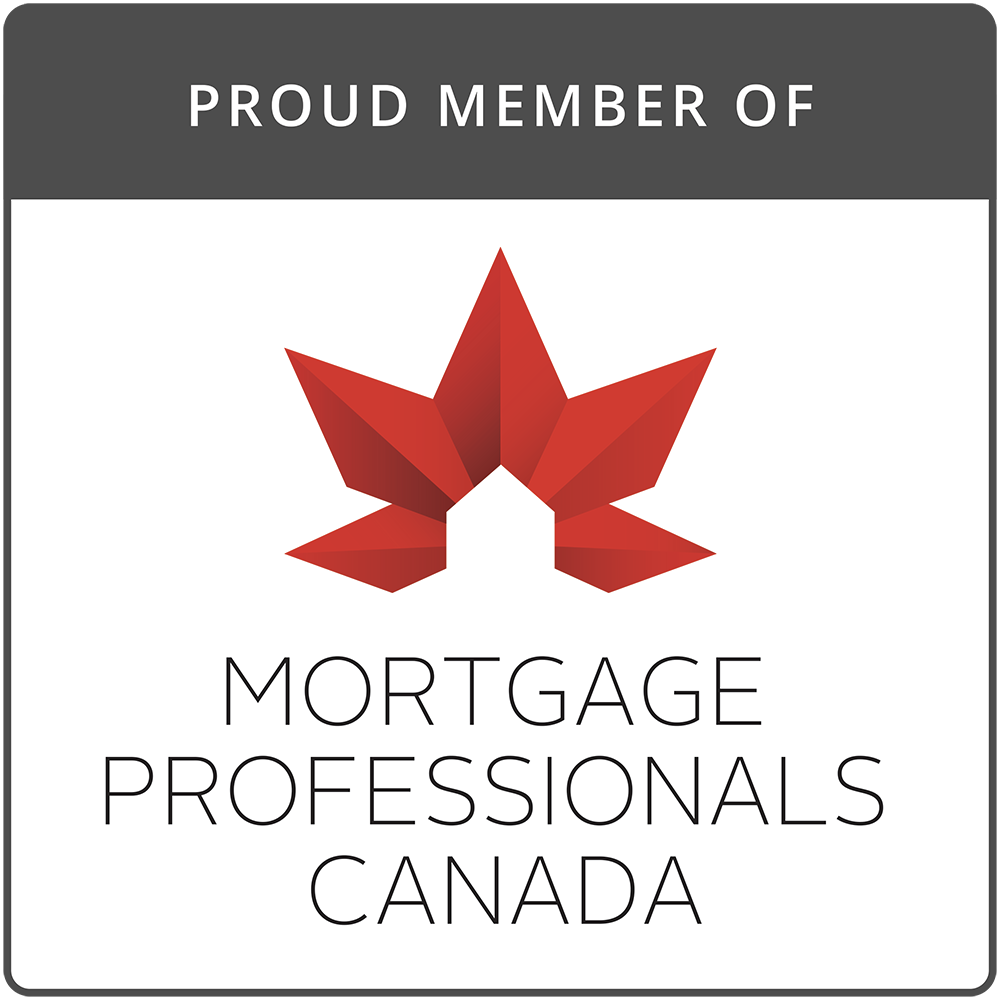Qualifying Rate
Federal regulators have imposed new requirements on the mortgage lending industry in recent years. This includes the need for prospective Borrowers to pass a stress test to qualify for a Mortgage with a Federally Regulated Financial Institution. Credit unions and other lenders that are not federally regulated do not need to use this mortgage stress test but because many depend somewhat on banks for their own financing, most (but not all) have adopted the stress test.
So, what on earth is a stress test? It’s not as scary as it sounds. The stress test requires you to prove you can afford payments at a qualifying interest rate which is typically higher than the actual rate on your mortgage. The qualifying interest rate your lender is required to use for the stress test depends on whether you need to get Mortgage Default Insurance.
If you need Mortgage Default Insurance, the Lender must use the higher interest rate of either;
- the Bank of Canada’s conventional five-year mortgage rate, or
- the interest rate you negotiate with your lender
If you don’t need Mortgage Loan Insurance, the Lender must use the higher interest rate of either;
- the Bank of Canada’s conventional five-year mortgage rate, or
- the interest rate you negotiate with your lender plus 2%
As of today, the Bank of Canada conventional five-year mortgage rate is 5.25%
Borrowers who are being underwritten for mortgages with terms longer than 5-year, good news, you will not be subject to the stress test.
About The Author

Don Scott
Don Scott is the founder of a challenger mortgage brokerage that is focused on improving access to mortgages. We can eliminate traditional biases and market restrictions through the use of technology to deliver a mortgage experience focused on the customer. Frankly, getting a mortgage doesn't have to be stressful.
Related Posts






